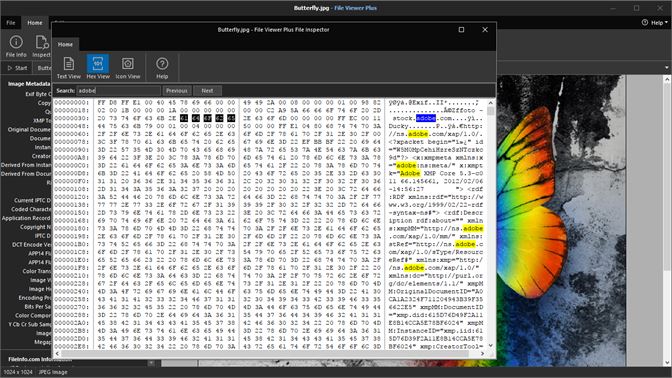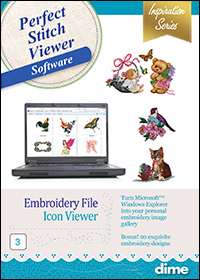

"#RRGGBB,Description,Catalog Number" hex color code, thread description, and catalog number comma delimited.

Using these seems to be pretty easy expansion. The actual used header within DSTs is 125 out of the 512 byte static size header so there is clearly 387 bytes of nothing in most files. However these extensions would allow DST files to contain proper thread information simply adding on a reference for each thread color as needed. It is unknown what would make files with these metadata tags. There are some DST files that contain some additional header information of arbitrary size: However, AX, AY, MX, and MY are almost always set to zero and PD always to "******". And may do things like using the extends to calculate whether it fits in the hoop, rather than recalculating these from reprocessing the stitches.

Some machines do load up the first aspects of these to calculate things like percent complete for the file by counting the process stitches and using ST as the total. Modernly this is always "******"ĭo note that when writing these *are* required. PD is also storing some information for multi-volume design. It is not used so much (almost never) nowadays. This was used for huge designs that can not be stored in a single paper tape roll. A multi-volume design means a design consisted of two or more files. MX and MY should express coordinates of the last point of the previous file for a multi-volume design. If the start and last points are the same, the coordinates are (0,0). Next is -Y or the negative Y extent in centimeters, a 5 digit non-decimal number padded by leading zeros.ĪX and AY should express the relative coordinates of the last point from the start point in 0.1 mm. Next is +Y or the positive Y extent in centimeters, a 5 digit non-decimal number padded by leading zeros. Next is -X or the negative X extent in centimeters, a 5 digit non-decimal number padded by leading zeros. Next is +X or the positive X extent in centimeters, a 5 digit non-decimal number padded by leading zeros. This is the number of color change records in the file. This is the total stitch count including color changes, jumps, nups, and special records.ĬO or colors, a 3 digit number padded by leading zeros. Next is the stitch count ST, this is a 7 digit number padded by leading zeros. The blank is 16 characters in total, but the name must not be longer that 8 characters and padded out with 0x20. All entries in the header seem to be 2 ASCII characters followed by a colon, then it's (sic) value trailed by a carriage return."įirst is the 'LA' entry, which is the design name with no path or extension information. The header is 125 bytes in length and padded out by 0x20 to 512 bytes total.
#Free dst viewer for windows software
This must be in the file for most new software or hardware to consider it a good file! This is much more important than I originally believed. Seems to be ASCII text delimited by 0x0D (carriage returns). "The header seems to contain information about the design. The best explanation of the header information is from the Embroidermodder source code: While this document does include references to other bits of metadata that might be critical like thread colors or author, those are so rare as to be ignorable. When reading a dst file these can be safely entirely skipped as only the label would contain any information that might not exist otherwise or be more safely recalculated from the file itself. These headers only actually use 125 bytes of data that is actually expected.


 0 kommentar(er)
0 kommentar(er)
